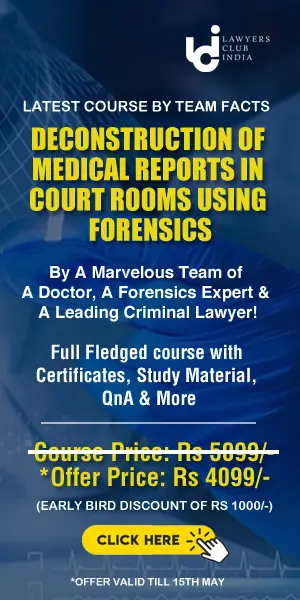Bench:
R M Lodha J
Issues:
Whether impugned action of defendant is illegal and if it is proved, whether plaintiff is entitled for decree of declaration and mandatory injunction.
Facts:
The purchaser, who was not party to the suit but impleaded as 2nd respondent in the first appeal and was arrayed as such in the second appeal.
The appellant being aggrieved by the judgment and order of the High Court of Punjab and Haryana whereby the Single Judge of that Court allowed the second appeal preferred by the plaintiff and set aside the concurrent judgment and decree of the courts below and remanded the suit to the trial court for fresh disposal after giving the plaintiff an opportunity to lead evidence.
In the month of May, 1991, the 1st respondent applied loan of Rs. 46 and a loan of Rs. 4 lakhs was disbursed by the Corporation to the 1st respondent in the month of October, 1991 on execution of the mortgage deed.
The 1st respondent mortgaged its various assets in favour of the Corporation. On the 1st respondent's failure to pay the due amount along with interest, the Corporation on March 19, 1998 took over the mortgaged property comprising land, building and machinery in exercise of its power under Section 29 of the State Financial Corporations Act, 1951.
The respondent on February 17, 2001, filed a suit for declaration, mandatory injunction and other reliefs against the Corporation - 2nd respondent in the Court of Civil Judge, Chandigarh.
The plaintiff prayed that the takeover of its assets and all subsequent sale proceedings by the Corporation be declared illegal, null and void and inoperative; the direction be issued to the Corporation to charge interest at the rate of 12.5 per cent per annum on the loan from the date of commencement of production to the date of takeover.
The Corporation be also directed to restore back the possession of the suit property to it.
The respondent in the suit traversed the plaintiff's claim and set up the plea that plaintiff could not pay the due amount under the loan despite repeated notices necessitating the action under Section 29 of the 1951 Act.
The Corporation asserted that fair procedure was followed and no illegality was committed by it in proceeding under Section 29 of the 1951 Act.
Being not satisfied with the concurrent judgment and decree of the two courts below, the plaintiff preferred second appeal before the High Court which, as noticed above, has been allowed by the Single Judge on September 20, 2010.
The suit has been remanded to the trial court for fresh decision in accordance with law.
Appellant's Contention:
The judgment of the High Court is gravely flawed and cannot be sustained for more than one reason. In the first place, the High Court, while deciding the second appeal, failed to adhere to the necessary requirement of Section 100 CPC and interfered with the concurrent judgment and decree of the courts below without formulating any substantial question of law. The formulation of substantial question of law is a must before the second appeal is heard and finally disposed of by the High Court. This Court has reiterated and restated the legal position time out of number that formulation of substantial question of law is a condition precedent for entertaining and deciding a second appeal. High Court failed to keep in view the constraints of second appeal and overlooked the requirement of the second appellate jurisdiction as provided in Section 100 CPC and that vitiates its decision.
Respondent’s Contention:
The respondents raised objections regarding the maintainability of the suit on the grounds of limitation and jurisdiction of the Civil Court.
Judgement:
The appeal was allowed and the judgment was set aside as the High Court was wrong in it's decision.
"We find no justification at all for the High Court in upsetting the concurrent judgment of the courts below. The High Court was clearly in error in giving the plaintiff an opportunity to produce evidence when no justification for that course existed. In the result, the appeal is allowed and judgment and order of the High Court passed on September 20, 2010 is set aside." said the Supreme Court.















